November 2, 2025
In this edition:
* AMSAT Receives Two ARDC Grants for Youth Initiative Program
* Alan Johnston, KU2Y, Presents CubeSat Simulator 2025 Updates
* ARISS 2025 Highlights Presented by Frank Bauer, KA3HDO
* GridMasterMap Satellite Top 100 Rovers November Rankings 2025
* VUCC Satellite Standing November 2025
* DXCC Satellite Standing for November 2025
* Changes to AMSAT-NA TLE Distribution
* ARISS News
* AMSAT Ambassador Activities
* Satellite Shorts From All Over
The AMSAT(R) News Service bulletins are a free, weekly news and information service of AMSAT, the Radio Amateur Satellite Corporation. ANS publishes news related to Amateur Radio in Space including reports on the activities of a worldwide group of Amateur Radio operators who share an active interest in designing, building, launching and communicating through analog and digital Amateur Radio satellites.
The news feed on http://www.amsat.org publishes news of Amateur Radio in Space as soon as our volunteers can post it.
Please send any amateur satellite news or reports to: ans-editor [at] amsat [dot] org .
Sign up for free e-mail delivery of the AMSAT News Service Bulletins via the ANS List. Join this list at: https://mailman.amsat.org/postorius/lists/ans.amsat.org/
AMSAT Receives Two ARDC Grants for Youth Initiative Program
Frank Karnauskas, N1UW, AMSAT Director/VP-Development is pleased to announce that two grant applications were approved this week by Amateur Radio Digital Communication (ARDC).
BuzzSat.com
The first grant is for additional software licenses for production of the BuzzSat.com series of online courses designed for high school students. The first course, “Introduction to Satellite Meteorology’ was introduced at Hamvention 2025.
The production cycle begins with content development by a volunteer subject matter expert. In the case of the satellite meteorology course, retired high school earth science teacher Eric Sonnenwald, N2XSE created content by harvesting open-source material, both text and illustrations, and organizing it into a frame-by-frame presentation.
From there the frames are loaded into a specialized educational authoring program that adds a complex assortment of interactivity tools that help make the learning experience engaging and effective. Constant interaction required of the student helps prevent the lessons from becoming a mind-numbing “next – next – next” page turning sedative.
The authoring software has several AI assisted capabilities including the ability to generate audio narrative for the text and to translate the courseware into up to seventy different languages.
The theme of the lessons is “Satellites in Space Help Us Live a Better Life on Earth.” Fourteen courses are planned for completion by the end of 2026. The courses are free to students, teachers, at-home educators, scouting leaders and lifelong learners of all ages.
You can experience the “Introduction to Satellite Meteorology” course now at www.BuzzSat.com .
KidzSat.com
The second grant is for production of a satellite-themed coloring book for younger elementary-age kids. The coloring pages in the book show how satellites play important roles in almost every aspect of modern life. Satellites and their role in agriculture, navigation, broadcasting, pollution control and wildfire fighting are a few of the twelve topics shown in the book.
Production of the coloring book began about a month before the application for the grant was made. So, the finished book cover as well as sketches for a few inside coloring pages were shown at the AMSAT Space Symposium held in October.
The coloring books will be available before the end of this year for download free-of-charge from the AMSAT sponsored www.KidzSat.com website.
[ANS thanks Frank Karnauskas, N1UW, AMSAT Director/VP-Development for the above information.]
Only 8 Weeks Left to Get Your Coin!
Celebrate the 40th Anniversary of Amateur Radio on Human Spaceflight
Help Support GOLF and FoxPlus.
Annual memberships start at only $120
Join the AMSAT President’s Club today and help
Keep Amateur Radio in Space!
https://www.amsat.org/join-the-amsat-presidents-club/
Alan Johnston, KU2Y, Presents CubeSat Simulator 2025 Updates
During one of the always popular CubeSat Simulator (CSS) presentations, Alan Johnston, KU2Y, AMSAT VP-Educational Relations showcased recent improvements to the CSS at last months AMSAT Annual Space Symposium.
The AMSAT CubeSatSim, the CubeSat Simulator, is a small, low cost, spacecraft simulator that serves as a tool for academic education, public demonstrations and theory and design disciplines. It can be used in a classroom, lab or training setting to introduce the basics of satellite operations, or it can be used to teach Science, Technology, Engineering, Math (STEM) exercises.
The pace of development in 2025 was similar to 2024 with several new features rolled out. The v2.1 software release added two new telemetry modes: FunCube Mode and Cross Band Repeater Mode. In addition, the Fox-in-a-Box v4 Beta Raspberry Pi Ground Station disk image was also released.
Cross Band FM Repeater Mode
The CubeSatSim Cross Band FM Repeater mode uses the FM transceiver module in receive mode, with the squelch pin read by the Raspberry Pi Zero to detect a transmission. This mode utilizes the USB sound card connected to the Pi Zero 2 with the OTG cable, and the audio jumper from the Main board to the sound card provides the received audio to the Pi Zero. The Pi Zero 2 then connects the microphone input to the rpitx transmitter. One of the CubeSatSim antennas is receiving the UHF signal, the other is transmitting the VHF signal at the same time, just like a real CubeSat with an FM repeater.
The v2.0 software release had a Repeater mode, but you couldn’t turn it on and off with the pushbutton, and it was unstable in that the repeater function would stop working and require a reboot. It also had uplink and downlink frequencies in the UHF band which made reception difficult. The v2.1 software release has fixed these issues, and moves the downlink to the VHF band. This provides a “U/V” operation with an FM UHF uplink, VHF downlink similar to many AMSAT CubeSats such as AO-91 (RadFxSat / Fox-1B) and AMSAT-UK AO-73 (FunCube).
New FunCube Mode
The CubeSatSim now has a new FunCube Mode 7. This BPSK (Binary Phase Shift Keying) 1200 bps (bits-per-second) transmission mode emulates the AMSAT-UK FunCube CubeSat (AO-73) and several other CubeSats that also use this transmission including Nayif 1 (EO-88), UKube-1, and JY1 Sat (JO-97). The transmission is very similar to the Fox-1E BPSK 1200 bps transmission already supported by the CubeSatSim in BPSK Mode 3. However, it has a different data structure and error correction. Special thanks to Duncan Hills, the lead FunCube Dashboard developer from AMSAT-UK who provided technical details and support to get this code working! If you listen to this mode, it sounds similar to BPSK, except for every four seconds it sounds like there is a “beep” or tone.
To decode FunCube telemetry, you need a FunCube Dongle (FCDPro or FCDPro+) and decoding software (an RTL-SDR dongle will not work). For the FunCube satellites in orbit, there is a Windows Dashboard for each satellite that decodes the telemetry and uploads the data to the AMSAT-UK Data Warehouse. We don’t yet have a Windows Dashboard, but we do have a Raspberry Pi application which will decode it. It is part of the new Fox-in-a-Box-v4 beta image.
The telemetry data is a similar format to JY1 Sat (JO-97) with a camera image and telemetry data in each frame. Unlike the CubeSatSim SSTV mode 4 which uses tones to transmit image pixels in Scottie 2 format, FunCube uses SSDV to encode JPEG images suitable for packetization. It uses the Reed-Solomon codec written by Phil Karn, KA9Q. You can see the image come in block by block, and if a frame is lost, there is a rectangular dropout in the image. Otherwise, the image quality is perfect. This makes an interesting comparison with the analog SSTV Mode 4 in which the image quality degrades as the signal strength decreases.
Future Updates
We are also working on a software update for v2.2 which will add these capabilities:
- Improved simulated telemetry providing more realistic data.
- Support for humidity and gyroscope/accelerometer sensors attached to Pi Zero 2.
- Simulated failures.
Activity Guides
In 2025, we released the first set of CubeSatSim Activity Guides. The problem statement for the Activity Guides is “I just built (or borrowed) a CubeSatSim. What can I do with it?” Activity Guides are step-by-step instructions for how to do a STEM educational activity using a CubeSatSim. Most work with just a CubeSatSim (or even just a Lite). Some are very easy to do, such as listening to the sounds of the different modes on a HT and/or looking at modes on an SDR waterfall. Others are more challenging such as doing telemetry analysis using FoxTelem. Activity Guides include questions for students to answer as they do the activity. Each also has an Instructors Guide which has example data and answers to the questions.
The CubeSatSim Activity Guides are released under a Creative Commons with Attribution license so anyone can edit and modify them as long as they indicate they were originally developed by AMSAT. This allows teachers to customize them and include them in their lesson plans.
To read Alan’s complete presentation, go to https://drive.google.com/file/d/19o1GsO-R3Btt35AqIsXj4EJPn3eNADcd/view .
[ANS thanks Alan Johnston, KU2Y, AMSAT VP-Educational Relations for the above information.]
Need new satellite antennas?
Purchase M2 LEO-Packs from the AMSAT Store
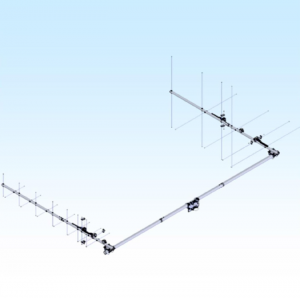 When you purchase through AMSAT, a portion of the proceeds goes towards
When you purchase through AMSAT, a portion of the proceeds goes towards
Keeping Amateur Radio in Space.
https://amsat.org/product-category/hardware/
ARISS 2025 Highlights Presented by Frank Bauer, KA3HDO
The 43rd Annual AMSAT Space Symposium & Annual General Meeting featured a special presentation of the Amateur Radio aboard the International Space Station (ARISS) by Frank Bauer, KA3HDO, ARISS Executive Director. The prerecorded presentation highlighted many accomplishments for the year 2025.
A major accomplishment was achieving 25 years of continuous Amateur Radio operation aboard the space station.
While celebrating that achievement, ARISS is aware of substantial changes happening in the space industry and embraces the shift towards commercial missions.
With the upcoming decommissioning of ISS in the next five to six years, ARISS is listening to its NASA and ISS U.S. National Laboratory priorities. As a result, ARISS has modified the emphasis of its mission as follow:
- An independent backup communications capability for ISS
- Boosts ISS crew morale through enriching youth, community and Amateur Radio engagement
- Inspires, engages and educates K-16 youth in STEM/STEAM via 10-minute Amateur Radio contacts with the on-orbit crew – a workforce development powerhouse
- During 4-6 month pre-contact preparations, students learn about space exploration and science research, space communications, radio science & technology using Amateur Radio and on-going ISS research activities
- Youth contacts keep astronauts proficient in ARISS radio operations and ground stations proficient in support of ISS backup communications.
The main ARISS prime initiatives continue to be STEM/STEAM education, spaceflight hardware development and spaceflight operations. Now, ARISS 2.0 educational vision for the future is to inspire, engage and educate students and lifelong learners. This means:
- More extensive educational outcomes for all
- Engaging educational projects and lesson plans
- Multiple space stations on ISS and commercial missions, and
Lunar orbiters and landers
Bauer described the initiative that are currently underway including:
- The ARISS payload is now a facility on ISS, enabling partnerships to employ ARISS facility
- Expansion to Axiom commercial space station flights
- Expansion to Crew Dragon via Fram2Ham missions
- More SSTV opportunities
- Educational Extension initiatives
- STEREO/SPARKI kits
- ARISS STAR astronaut contacts
- Student Mission Control program
Frank then spoke in detail about several outstanding successes for the year such as the Fram2Ham mission and the ever popular slow-scan television (SSTV) operations. Both events enjoyed exceptional exposure and impressive participation by students around the world.
Bauer went on to thank NASA, the ISS U.S. National Laboratory, the ARRL and AMSAT for financial and in-kind support and to Amateur Radio Digital Communications (ARDC) for critical resources.
You can view the complete presentation AMSAT’s You Tube channel at https://youtu.be/loM80Jr8RUk .
[ANS thanks Frank Bauer, KA3HDO, ARISS Executive Director for the above information.]
GridMasterMap Satellite Top 100 Rovers November Rankings 2025
The November 2025 rankings for the Top 100 Rovers (Mixed LEO/MEO/GEO) in satellite operations, as determined by @GridMasterMap on Twitter, has been released. The ranking is determined by the number of grids and DXCC entities activated, taking into account only those grids where a minimum number of QSOs logged on the gridmaster.fr website have been validated by a third party. Grid numbers do not directly reflect the exact number of activations. Satellite operators are encouraged to upload their LoTW satellite contacts to https://gridmaster.fr in order to provide more accurate data.
Updated October 31, 2025
Updated: 2025-10-31
| 1 | ND9M | 26 | KX9X | 51 | KE0PBR | 76 | SP5XSD |
| 2 | NJ7H | 27 | KG5CCI | 52 | XE3DX | 77 | DL4EA |
| 3 | UT1FG | 28 | DJ8MS | 53 | W7WGC | 78 | N6UTC |
| 4 | JA9KRO | 29 | N5BO | 54 | JK2XXK | 79 | N4UFO |
| 5 | N5UC | 30 | ON4AUC | 55 | PR8KW | 80 | VE7PTN |
| 6 | F5VMJ | 31 | K8BL | 56 | EA4NF | 81 | PT2AP |
| 7 | DL6AP | 32 | KE4AL | 57 | XE1ET | 82 | VE1VOX |
| 8 | WI7P | 33 | KB5FHK | 58 | N6DNM | 83 | KB2YSI |
| 9 | DP0POL | 34 | AC0RA | 59 | EB1AO | 84 | KI7UXT |
| 10 | K5ZM | 35 | PA3GAN | 60 | WD5GRW | 85 | AF5CC |
| 11 | OE3SEU | 36 | KI0KB | 61 | LU4JVE | 86 | AA8CH |
| 12 | WY7AA | 37 | F4BKV | 62 | W8LR | 87 | KJ7NDY |
| 13 | N6UA | 38 | VE3HLS | 63 | W1AW | 88 | BI1MHK |
| 14 | HA3FOK | 39 | KI7UNJ | 64 | KI7QEK | 89 | PT9BM |
| 15 | LU5ILA | 40 | VA3VGR | 65 | SM3NRY | 90 | FG8OJ |
| 16 | W5PFG | 41 | JO2ASQ | 66 | KE9AJ | 91 | YU0W |
| 17 | N9IP | 42 | BG7QIW | 67 | F4DXV | 92 | BG5CZD |
| 18 | AK8CW | 43 | HJ5LVR | 68 | VE1CWJ | 93 | WA9JBQ |
| 19 | AD0DX | 44 | LA9XGA | 69 | AA5PK | 94 | W8MTB |
| 20 | AD0HJ | 45 | VK5DG | 70 | AD7DB | 95 | N4DCW |
| 21 | ND0C | 46 | N7AGF | 71 | KM4LAO | 96 | VE3GOP |
| 22 | N4AKV | 47 | K7TAB | 72 | M1DDD | 97 | JM1CAX |
| 23 | WD9EWK | 48 | DF2ET | 73 | HB9GWJ | 98 | PS8BR |
| 24 | BA1PK | 49 | JL3RNZ | 74 | VA7LM | 99 | K0FFY |
| 25 | DL2GRC | 50 | KE0WPA | 75 | N8RO | 100 | KG4AKV |
[ANS thanks ANS thanks Mitch Ahrenstorff, AD0HJ, and @GridMasterMap for the above information.]
VUCC Satellite Standing November 2025
VUCC Satellite Award/Endorsement Change Summary for October 1, 2025 to November 1, 2025.
| WA4NVM | 1676 | 1683 |
| N8RO | 1490 | 1505 |
| JN2QCV | 1075 | 1159 |
| EA2AA | 1125 | 1135 |
| W2GDJ | 1022 | 1075 |
| VU2LBW | 902 | 1000 |
| W8LR | 919 | 921 |
| N8MR | 783 | 801 |
| WA4HFN | 727 | 738 |
| KA9CFD | 608 | 704 |
| N7ZO | 669 | 670 |
| KO9A | 547 | 565 |
| K6SFO | 501 | 550 |
| XE1BJ | 304 | 501 |
| DL8GAM | 450 | 500 |
| W3TI | 465 | 469 |
| KK7OVF | 103 | 300 |
| SV8CKM | 215 | 273 |
| KP4MV | 175 | 200 |
| EI8JB | New | 175 |
| WB5TX | 144 | 151 |
| WD9EWK/DM62 | 130 | 137 |
| PT2VM | New | 100 |
| TI3IES | New | 100 |
Congratulations to the new VUCC Satellite holders.
EI8JB is first VUCC Satellite holder from IO63
PT2VM is first VUCC Satellite holder from GH64
TI3IES is first VUCC Satellite holder from EJ89
[ANS thanks Jon Goering, N7AZ for the above information.]
DXCC Satellite Standing for November 2025
DXCC Satellite Award/Endorsement Change Summary for October 1, 2025 to November 1, 2025.
| EA2AA | 164 | 167 |
| DL6GBM | 160 | 165 |
| PA7RA | 147 | 148 |
| E70A | 135 | 139 |
| W2GDJ | 113 | 122 |
| ZS2Y | New | 109 |
| OE3JAG | 102 | 104 |
| IW3SSA | New | 100 |
| ZS2Y | New | 109 |
| IW3SSA | New | 100 |
Congratulations to the new DXCC Satellite holders.
ZS2Y is first DXCC Satellite holder from KF2S
IW3SSA is first DXCC Satellite holder from JN66
[ANS thanks Jon Goering, N7AZ for the above information.]
Want to fly the colors on your own grid expedition?
Get your AMSAT car flag and other neat stuff from our Zazzle store!
25% of the purchase price of each product goes towards
Keeping Amateur Radio in Space
https://www.zazzle.com/amsat_gear
Changes to AMSAT-NA TLE Distribution for October 31, 2005
Two Line Elements or TLEs, often referred to as Keplerian elements or keps in the amateur community, are the inputs to the SGP4 standard mathematical model of spacecraft orbits used by most amateur tracking programs. Weekly updates are completely adequate for most amateur satellites. TLE bulletin files are updated daily in the first hour of the UTC day. New bulletin files will be posted immediately after reliable elements become available for new amateur satellites. More information may be found at https://www.amsat.org/keplerian-elements-resources/.
This week there are no additions or deletions to the AMSAT TLE distribution.
[ANS thanks Joe Fitzgerald, KM1P, AMSAT Orbital Elements Manager for the above information.]
ARISS NEWS
Amateurs and others around the world may listen in on contacts between amateurs operating in schools and allowing students to interact with astronauts and cosmonauts aboard the International Space Station. The downlink frequency on which to listen is 145.800 MHz worldwide.
Upcoming Contacts
Petofi Sandor Evangelikus Gimnazium, Kollegium es Altalanos Iskola, Mezobereny, Hungary.
Telebridge via K6DUE.
The ISS callsign is presently scheduled to be NA1SS.
The scheduled crewmember is Zena Cardman, KJ5CMN.
Contact is go for Thursday, November 6, 2025 at 09:00:17 UTC.
The crossband repeater continues to be active (145.990 MHz up {PL 67} & 437.800 MHz down). If any crewmember is so inclined, all they have to do is pick up the microphone, raise the volume up, and talk on the crossband repeater. So give a listen, you just never know.
The packet system is also active (145.825 MHz up & down).
As always, if there is an EVA, a docking, or an undocking; the ARISS radios are turned off as part of the safety protocol.
Note, all times are approximate. It is recommended that you do your own orbital prediction or start listening about 10 minutes before the listed time.
The latest information on the operation mode can be found at https://www.ariss.org/current-status-of-iss-stations.html
The latest list of frequencies in use can be found at https://www.ariss.org/contact-the-iss.html
[ANS thanks Charlie Sufana, AJ9N, one of the ARISS operation team mentors for the above information.]
AMSAT Ambassador Activities
AMSAT Ambassadors provide presentations, demonstrate communicating through amateur satellites, and host information tables at club meetings, hamfests, conventions, maker faires, and other events.
None currently scheduled.
[ANS thanks Bo Lowrey, W4FCL, Director – AMSAT Ambassador Program, for the above information.]
Satellite Shorts From All Over
- With SpaceX’s 10,000th Starlink satellite launched to orbit, and 8,562 active as of Oct 20th, a staggering 2/3rds of humanity’s active satellites in orbit are controlled by a single private company. [ANS thanks The Orbital Index for the above information.]
- Two former NASA administrators criticized the agency’s current approach to using SpaceX’s Starship for the Artemis 3 crewed lunar landing, calling for an urgent redirection to reach the moon before China. In a fireside chat at the American Astronautical Society’s von Braun Space Exploration Symposium on Oct. 29, former administrators Charlie Bolden and Jim Bridenstine expressed skepticism that NASA’s current Artemis architecture. China aims to conduct the first launch of its Long March 10 rocket and a lunar-capable crew spacecraft next year, according to a top official. The announcement from the China Manned Space Engineering Office comes as the U.S. prepares to send its Artemis 2 crewed mission around the moon as soon as February 2026.[ANS thanks Space News This Week for the above information.]
Join AMSAT today at https://launch.amsat.org/
In addition to regular membership, AMSAT offers membership to:
* Societies (a recognized group, clubs or organization).
* Primary and secondary school students are eligible for membership at one-half the standard yearly rate.
* Post-secondary school students enrolled in at least half time status shall be eligible for the student rate for a maximum of 6 post-secondary years in this status.
* Memberships are available for annual and lifetime terms.
Contact info [at] amsat.org for additional membership information.
73 and remember to help Keep Amateur Radio in Space!
This week’s ANS Editor, Frank Karnauskas, N1UW.
f.karnauskas [at] amsat [dot] org
ANS is a service of AMSAT, the Radio Amateur Satellite Corporation, 712 H Street NE, Suite 1653, Washington, DC 20002.
AMSAT is a registered trademark of the Radio Amateur Satellite Corporation.
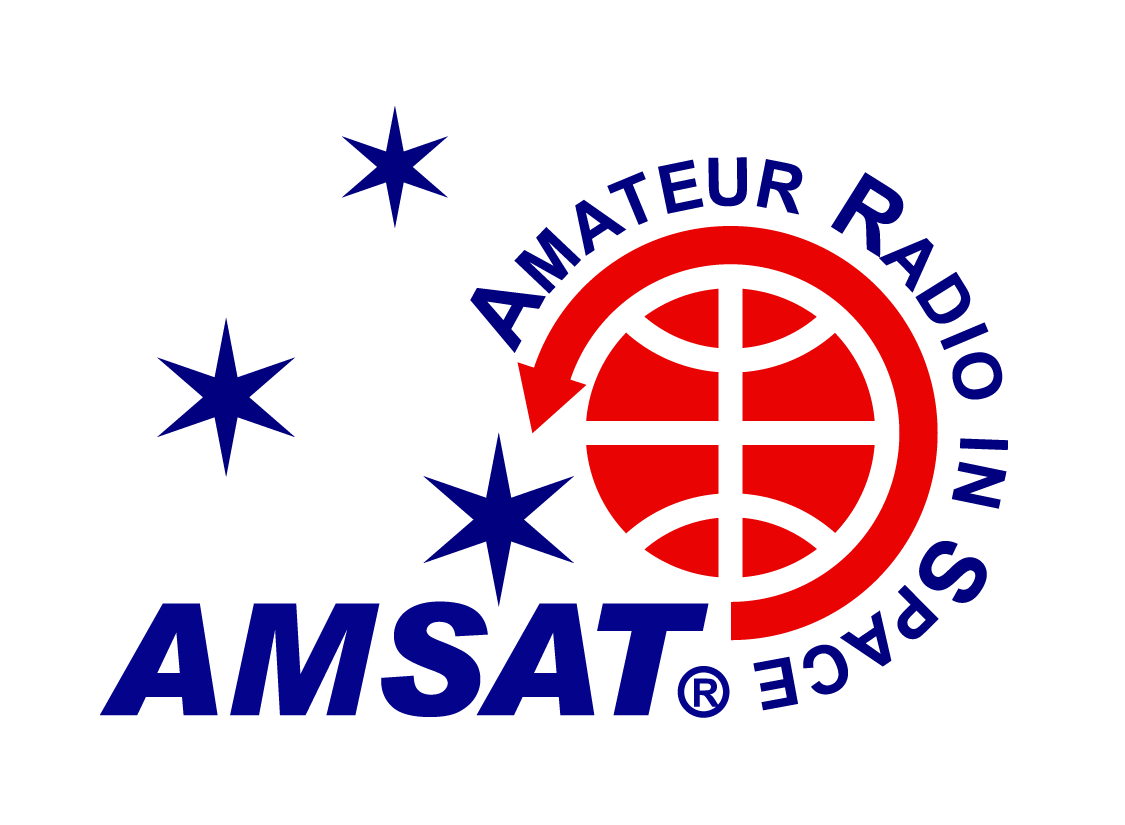
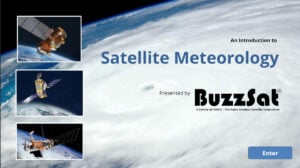
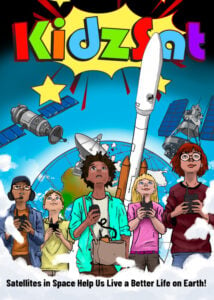
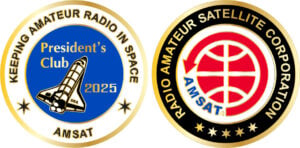
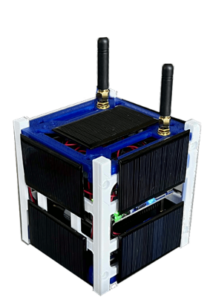
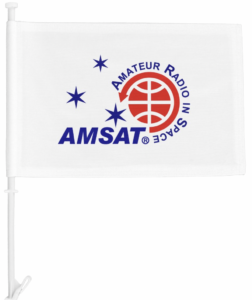

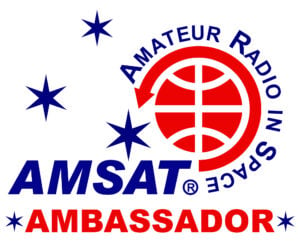
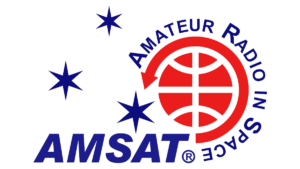
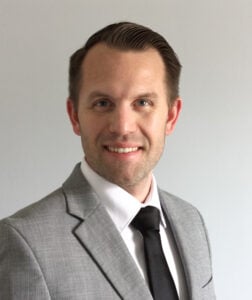
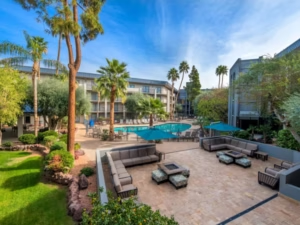

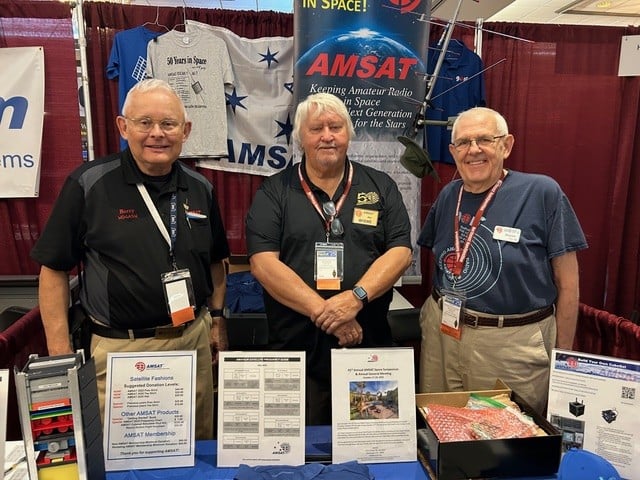

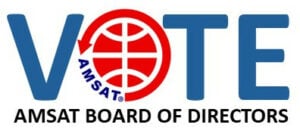
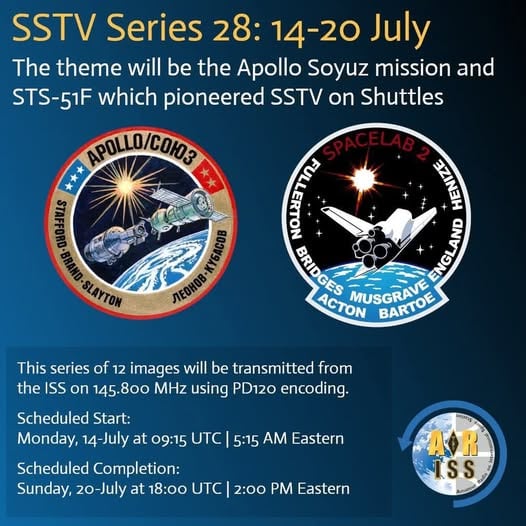
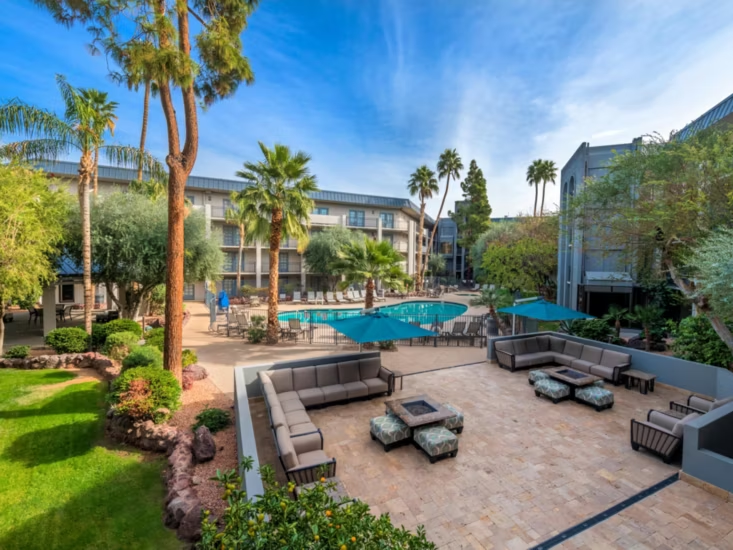
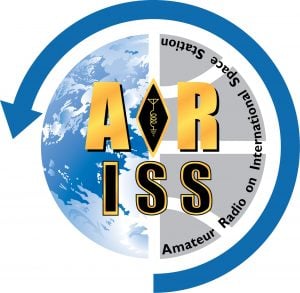 Crew members aboard the International Space Station will participate in scheduled Amateur Radio contacts. These radio contacts are approximately 10 minutes in length and allow students to interact with the astronauts through a question-and-answer session.
Crew members aboard the International Space Station will participate in scheduled Amateur Radio contacts. These radio contacts are approximately 10 minutes in length and allow students to interact with the astronauts through a question-and-answer session.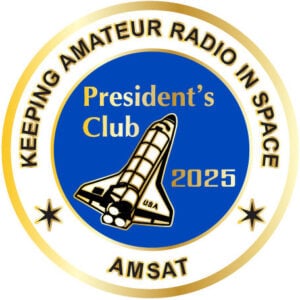 Contributors to date include:
Contributors to date include: Rich explained, “The diagram above is a block diagram of the GOLF-TEE 3U CubeSat. The purple rectangle located in the middle of the diagram represents a (SDR). The Fox series of satellites before had transponders. Some were FM transponders. They acted like a repeater up in the sky. A single FM channel up with a single FM channel down. Other Fox satellites had linear transponders with wide bandwidths for several SSB or CW signals. Whatever you sent up to the satellite, either on 2 meters or 440, would come down on the other band.
Rich explained, “The diagram above is a block diagram of the GOLF-TEE 3U CubeSat. The purple rectangle located in the middle of the diagram represents a (SDR). The Fox series of satellites before had transponders. Some were FM transponders. They acted like a repeater up in the sky. A single FM channel up with a single FM channel down. Other Fox satellites had linear transponders with wide bandwidths for several SSB or CW signals. Whatever you sent up to the satellite, either on 2 meters or 440, would come down on the other band.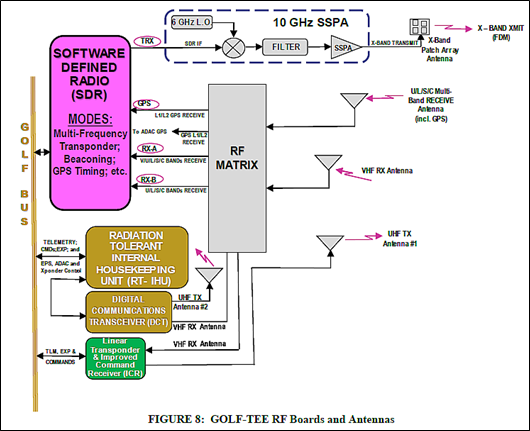 Next, Bill Schell, W2WZ went on to say, “This block diagram is a detailed look at part of the original diagram. It shows the Ettus E310 SDR connected to the main control processor of GOLF-TEE, the RT-IHU (Radiation Tolerant Internal Housekeeping Unit). The two are connected over the CAN bus, over which messages flow in each direction.”
Next, Bill Schell, W2WZ went on to say, “This block diagram is a detailed look at part of the original diagram. It shows the Ettus E310 SDR connected to the main control processor of GOLF-TEE, the RT-IHU (Radiation Tolerant Internal Housekeeping Unit). The two are connected over the CAN bus, over which messages flow in each direction.” There are no scheduled contacts at this time.
There are no scheduled contacts at this time.